Whether it’s bright colours, meaningful sentences, or simple black lines, tattoos can carry an important message or simply decorate one’s body.
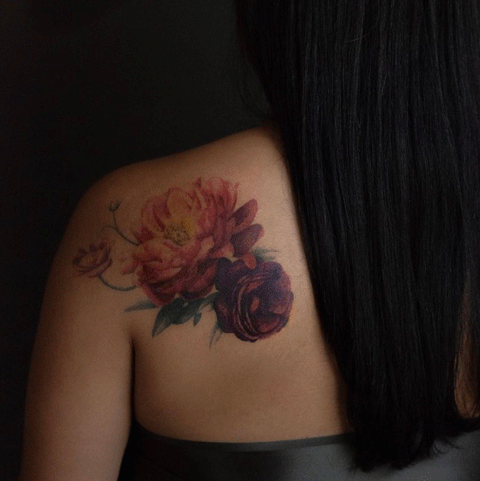
Apart from being one of the oldest artistic rituals, tattoos can also express tradition, beliefs or religion, with the earliest tattoo discovered to be from 2000 B.C. Suffice it to say, tattoos have been around us far longer than the fashionable tattoo trends made them popular beginning in the early 2000s.
In addition to their cultural value, getting a tattoo can also be therapeutic, helping people deal with trauma from the past, memorialize loved ones, or just covering up a bad experience from the past, such as a scar.
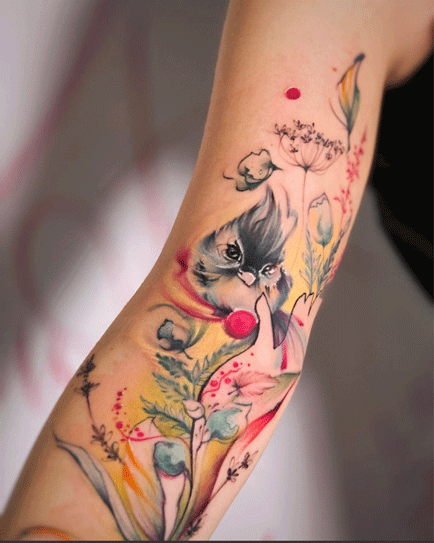
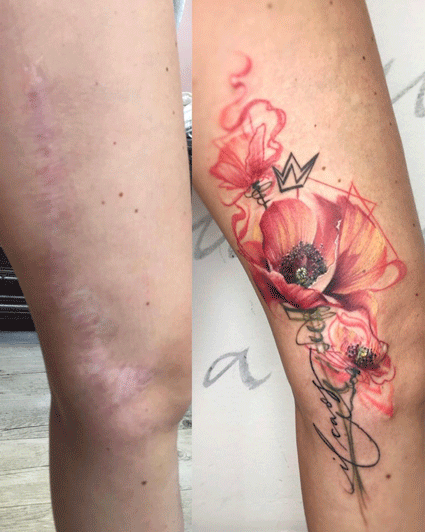
As cool as tattoos are, they have one big downside, which is the vast amount of waste the tattoo industry is producing every year. Especially given the alarming news of the latest IPCC report, the unsustainably of the tattoo industry certainly merits further consideration.
Taking immediate action to combat climate change through the use of sustainable materials, as encouraged by the United Nations Sustainable Development Goals on Climate Action and Responsible Consumption and Production should be a top priority in any industry, not just tattoos.
However, it does seem like the tattoo industry finally found a sustainable solution for this problem. From biodegradable single use razors and cling film to even vegan ink, eco-friendly tattoos are making body art more sustainable from start to finish.
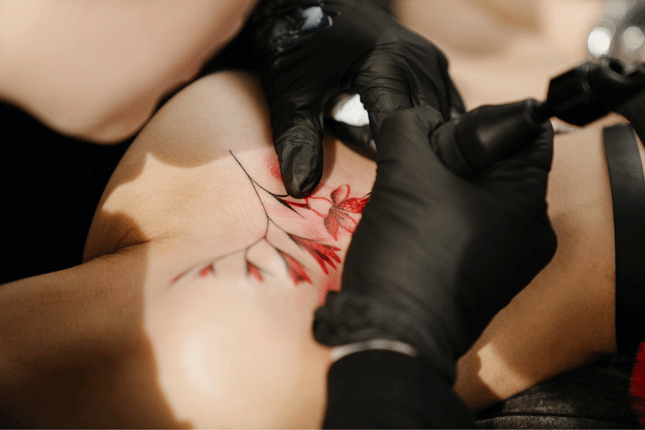
In a recent interview with Ragtag Magazine several tattoo artists talked about the benefits of eco-friendly tattoos and studios, but also where the changes have yet to be made.
“It can potentially be very difficult to make sustainable choices as a new tattooer if they are not already being made at your shop,” explains tattoo artist Chelsea Brazzo. “Instead of approaching sustainability from a ‘what can I buy that’s more sustainable’ perspective, you can start by just changing your behavior,” she continues, noting that something as simple as paying attention to how many paper towels or pairs of gloves you use can make all the difference.
“If you have the means to afford more sustainable products, go through your inventory and think about what essentially does and doesn’t need to be plastic. Also, consider vegan inks if you don’t use any — their production is less harmful to the environment, and fewer people have allergies to them,” she says.
Other small steps to sustainability include changing from the paper consent forms to be electronic, or even designing the tattoo itself virtually on a computer or tablet.
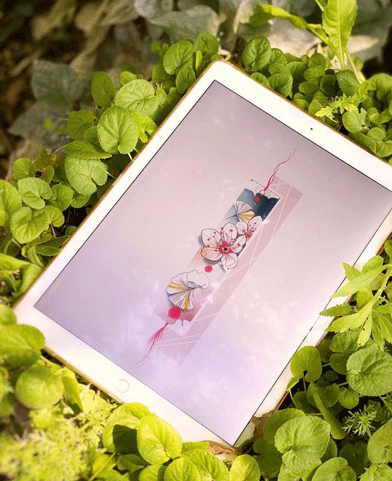
While eco-friendly tattoos offer some insight into a more sustainable future, there are still some disadvantages attached to the new sustainable products that they use.
For instance, it is difficult to keep the equipment sterile while travelling, and not all products can be reused, which makes it hard to travel with the equipment in the first place. Overall, working with them makes the tattooing process a little bit inconvenient.
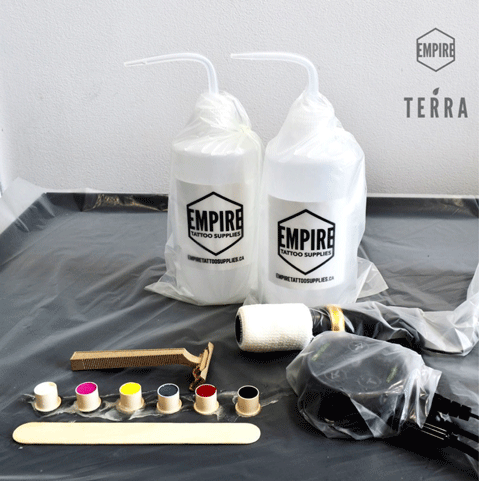
As of now, there is not any scientific proof that vegan and eco-friendly tattoo supplies are dangerous or poorer quality than the alternative, and it can certainly be said that eco-friendly tattoos are worth looking into and supporting.
What is certain, however, is that the movement of eco-friendly tattoos is a good way to keep the long lasting tradition of tattoo art alive by taking small but necessary steps into a sustainable and carbon neutral future — something that should be the main focus of every industry and generation.
